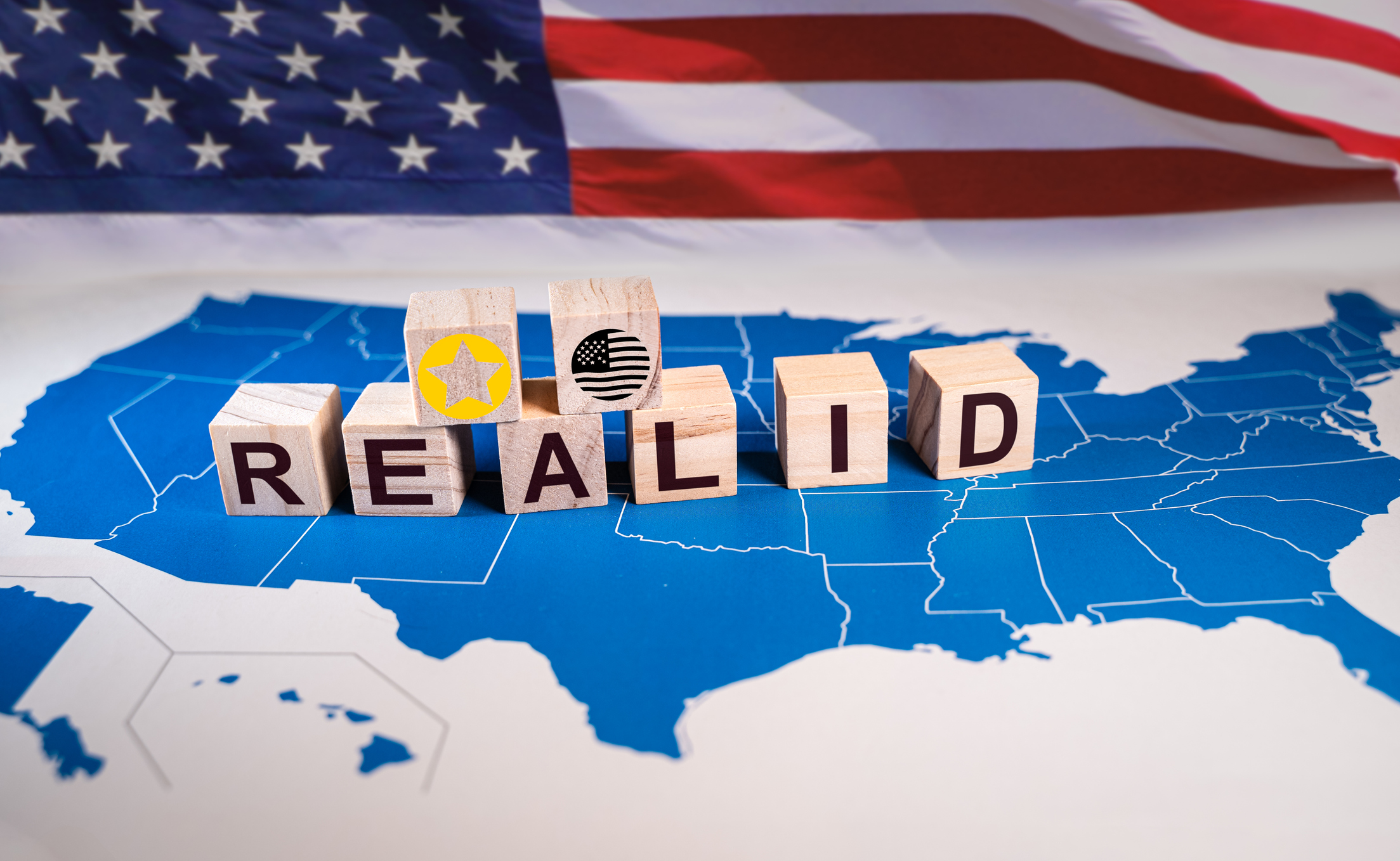4 Ways to Make Financial Literacy Work
Take things one step at a time and make lessons fun and relevant.

Financial literacy is right up there with Mom and apple pie as an American ideal, but it’s a challenge to figure out effective ways to achieve it. In the two decades I’ve been writing about kids and money, I’ve observed thousands of parents, children, teachers and students, and I’ve come to my own conclusions about what works best in teaching kids to be financially savvy.
I was curious, however, to see how my observations stack up against formal research in the field. To find out, I spoke with Annamaria Lusardi, head of the Global Center for Financial Literacy and professor of economics and accountancy at the George Washington School of Business. Lusardi has focused her academic career on financial literacy, and what I learned, to my relief, is that my conclusions are pretty much on target.
Take things one step at a time. Some critics say that teaching kids financial literacy won’t help them read a complicated 50-page contract when they buy their first house. So why bother? “That shows a major misunderstanding,” says Lusardi. “We don’t teach students literature so that they can write War and Peace. We teach literature so that they can appreciate a good book. Financial literacy is a basic tool that helps people cope with day-to-day financial management.”

Sign up for Kiplinger’s Free E-Newsletters
Profit and prosper with the best of expert advice on investing, taxes, retirement, personal finance and more - straight to your e-mail.
Profit and prosper with the best of expert advice - straight to your e-mail.
In my experience, it’s best to start small. Lessons should always be age appropriate, and if you can teach kids just one thing, it can make a huge difference. For example, when teaching teenagers about credit cards, the first lesson should be that plastic is not cash; it’s a loan they will have to repay, plus extra in interest. If they understand that, you’ll have taken a big step toward keeping them out of debt even if they’re too young to appreciate and understand a credit card agreement. That will come later.
Make lessons relevant. Studies often show that kids aren’t learning money skills. But, says Lusardi, “I’d be cautious about studies that measure financial knowledge. You also need to measure other things, such as the curriculum. Do the questions have any resemblance to what is being taught?” She points out that financial literacy is often a single elective course taught at the end of high school. “Almost no one learns math or science like that.”
My quibble with some financial-literacy tests is that I don’t expect kids to answer questions about adult concepts such as insurance, investing or Social Security. Learning how to budget an allowance can be invaluable in teaching children how to manage money, but such lessons aren’t always reflected in exam questions.
Make lessons fun and interactive. Lusardi notes that there’s “a paucity of studies” on how to teach financial literacy effectively. “We need to learn more about what sticks.” We know that with adults what sticks is games with a financial theme. “People learn by seeing things repeated,” she says, “but we don’t make multiple financial decisions about buying a house or going to college, so games help.” Stock market games, for instance, seem to work with children, too.
I can attest that some of the most effective -- and fun -- lessons that I’ve witnessed involved games that engaged kids’ attention. In fact, playing the game itself is even better than awarding prizes. I’ve seen teenagers clamor to shout out answers in games of financial football and soccer, and I’ve watched middle-school students use online tools to calculate loan rates while playing simulated-reality games in which they had to buy houses and cars.
Focus on reasonable goals. Lusardi is working with the Council for Economic Education to set uniform standards that would include a number of concepts -- “for example, gross versus net wages, compound interest, inflation, opportunity cost and risk diversification.”
I have my own ideas about the money basics kids need to know before they leave home:
-- How to manage a cash allowance.
-- How to manage a checking account with a debit card.
-- How to save for a goal.
-- How to compare prices when shopping.
-- How small amounts saved when you’re young can grow into big piles of money (use the calculator at Moneychimp.com).
-- How long it takes to pay off credit card debt (use the calculator at Moneychimp.com).
At its heart, says Lusardi, financial literacy empowers people to make choices. I say amen to that.
Follow Janet's updates at Twitter.com/JanetBodnar.
Get Kiplinger Today newsletter — free
Profit and prosper with the best of Kiplinger's advice on investing, taxes, retirement, personal finance and much more. Delivered daily. Enter your email in the box and click Sign Me Up.

Janet Bodnar is editor-at-large of Kiplinger's Personal Finance, a position she assumed after retiring as editor of the magazine after eight years at the helm. She is a nationally recognized expert on the subjects of women and money, children's and family finances, and financial literacy. She is the author of two books, Money Smart Women and Raising Money Smart Kids. As editor-at-large, she writes two popular columns for Kiplinger, "Money Smart Women" and "Living in Retirement." Bodnar is a graduate of St. Bonaventure University and is a member of its Board of Trustees. She received her master's degree from Columbia University, where she was also a Knight-Bagehot Fellow in Business and Economics Journalism.
-
 This One Area of Americans' Retirement Readiness Gets a Bad Grade
This One Area of Americans' Retirement Readiness Gets a Bad GradeMillions of Americans score poorly on retirement readiness due to this Achilles' heel. Are you prepared?
By Christy Bieber Published
-
 REAL ID Deadline: What You Need by May 7, 2025
REAL ID Deadline: What You Need by May 7, 2025Worried about needing a REAL ID soon? Learn more about the requirement, how to get your ID and valid REAL ID alternatives.
By Laura Gariepy Published
-
 How to Motivate Kids to Save
How to Motivate Kids to Savepersonal finance It's not easy teaching your child to save. Here are some ways readers have incentivized their kids to keep track of their finances.
By Janet Bodnar Published
-
 Lessons for Kids From the Crisis
Lessons for Kids From the Crisissavings One of the greatest opportunities presented by the pandemic is to give children an appreciation for the workings of the economy.
By Janet Bodnar Published
-
 Why Financial Education Works
Why Financial Education Workscollege Money skills learned young will pay off in the long run.
By Janet Bodnar Published
-
 The Tooth Fairy Is Leaving Less Under Pillows These Days
The Tooth Fairy Is Leaving Less Under Pillows These Dayssavings The average amount that the Tooth Fairy gives kids is down 10% from last year.
By Janet Bodnar Published
-
 The Value Test: 300 Colleges That Pass
The Value Test: 300 Colleges That PassCollege Rankings All the schools on our list, from 1 to 300, are best values.
By Janet Bodnar Published
-
 6 Ways to Get Your Kids to Do Chores Without Paying Them
6 Ways to Get Your Kids to Do Chores Without Paying Themspending Kids shouldn't be paid for doing routine tasks, but for doing extra jobs that parents define as above and beyond.
By Janet Bodnar Published
-
 Save $1 for College, Cut $2 in Debt
Save $1 for College, Cut $2 in Debtcollege Paying for college doesn't mean you have to take out thousands in student loans.
By Janet Bodnar Published
-
 Back-to-School Money Tips for College Students
Back-to-School Money Tips for College Studentscollege Kiplinger's summer 2015 interns offer advice on managing your finances as a student.
By Janet Bodnar Published